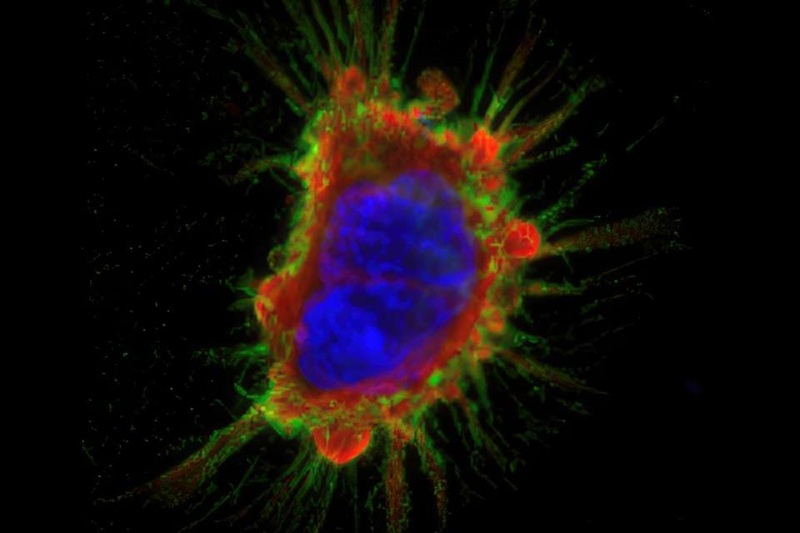First Specific PET Scan for TB to Improve Treatment
Posted on 28 Jun 2024
In 2021, tuberculosis (TB) afflicted 10.6 million people globally, and 1.6 million succumbed to this disease, ranking it as the world’s second deadliest infectious disease after COVID-19. Predominantly, over 80% of TB cases and fatalities occur in low- and middle-income countries, where healthcare infrastructures are less developed. Currently, TB is diagnosed either by testing the patient’s sputum for TB bacteria or using positron emission tomography (PET) scans with the common radiotracer FDG to detect lung inflammation. However, sputum tests may return negative before TB is fully cleared from the lungs, potentially leading to prematurely discontinued treatments. While PET scans help visualize the extent of the disease, they are not TB-specific since inflammation may also arise from other conditions and may continue even after the TB bacteria have been eradicated, possibly extending treatment unnecessarily. Now, researchers have developed a more accurate way to scan for TB using PET.
A collaborative team that included researchers from the Rosalind Franklin Institute (Oxfordshire, UK) has developed a new radiotracer that targets live TB bacteria within the body. Radiotracers are radioactive substances that emit detectable radiation, which PET scanners can convert into detailed 3D images. This new tracer, named FDT, allows for the precise detection of active TB in the lungs, marking the first use of PET scans for this purpose. The FDT tracer has undergone rigorous pre-clinical testing, showing no adverse effects, and is now poised to enter Phase I clinical trials.
.jpeg)
This method's significant advantage is its compatibility with standard radiation safety measures and PET scanners, which are increasingly available worldwide. The tracer is synthesized from FDG through a simple enzymatic process developed by the researchers, making it practical for production without specialized skills or facilities. This innovation holds particular promise for improving TB diagnosis in low- and middle-income countries.
“Finding an accurate way to identify when TB is still active in the body is not only important for initial diagnosis, but to ensure patients are receiving antibiotics long enough to kill the disease, and no longer,” said Professor Ben Davis, Science Director of the Franklin’s Next Generation Chemistry group, who led the research. “The common radiotracer FDG and the enzymes we’ve developed to turn it into FDT can all be sent by post. With a minimum of additional training, this effective diagnostic in essence could be rolled out into most healthcare systems around the world – and most importantly, in the places where this disease is still taking its greatest toll.”
Related Links:
Rosalind Franklin Institute














